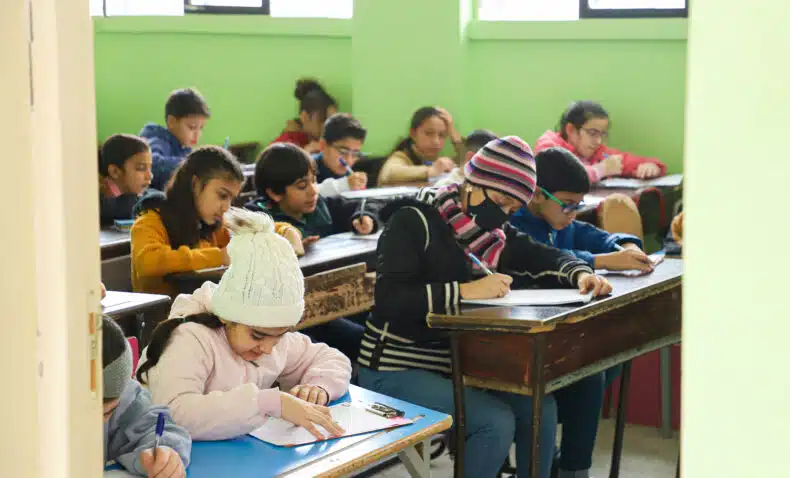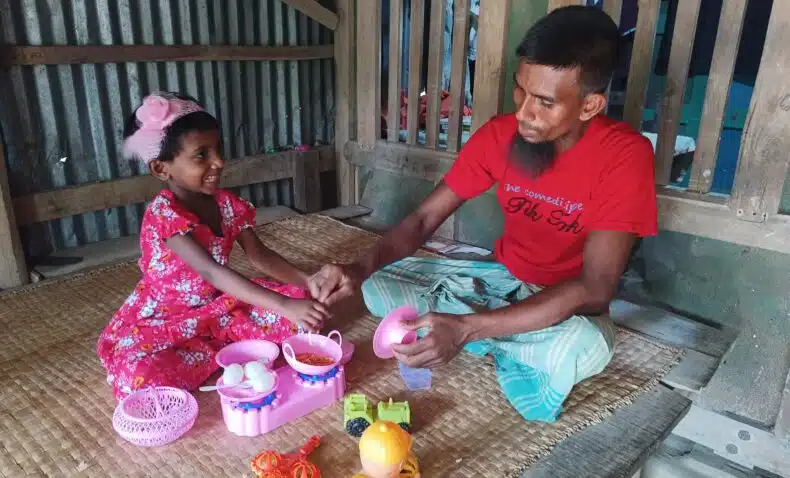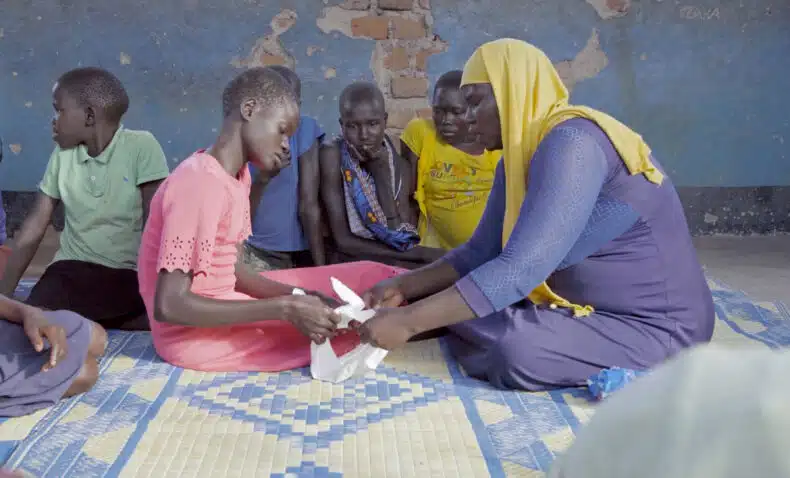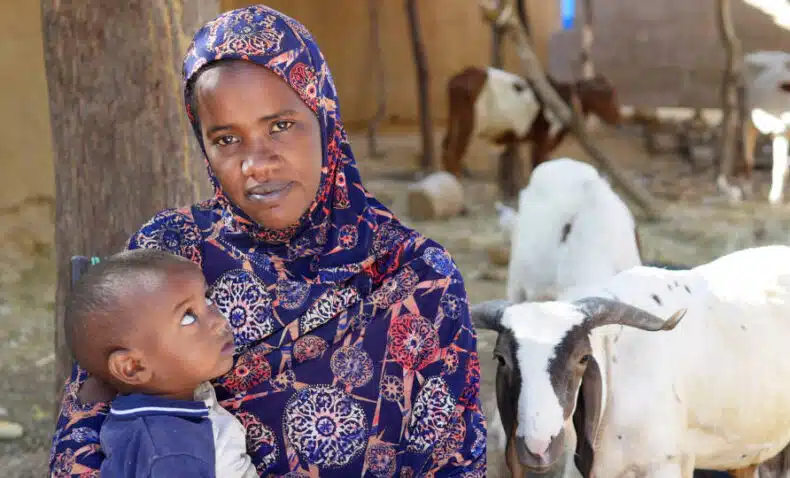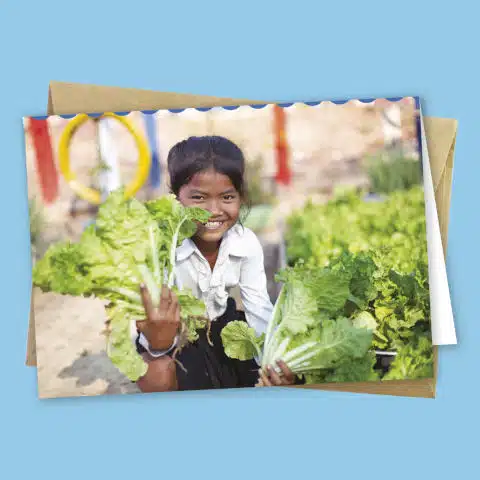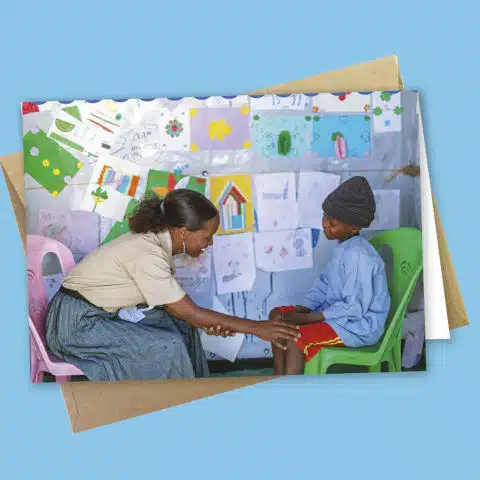Education is the quickest path to girls’ equality
An educated girl can change the future – for themselves, their families, their communities and the planet. Imagine what the world could look like if all girls were able to unleash their talent?
Yet all around the globe, there are more than 130 million girls who are currently denied their right to an education1. That’s 130 million girls who are denied the opportunity to reach their potential and to have choices about their futures. And this number is likely to increase due to the effects of global lockdowns from COVID-19.
In 2020, the scale of global school closures was unprecedented. It is estimated that up to 20 million secondary school-aged girls were pushed out of school as a result of the pandemic. This threatens to undo the years of progress and hard-won gains we’ve made for development and gender equality and it puts girls around the globe at a higher risk of forced marriage, early pregnancy and violence. We cannot afford to wait on getting girls back to school – we must act now to make sure that girls are not left behind as we build back from COVID-19.
How Plan International support girls’ education
Together with our youth champions and partners, we advocate for girls’ and young women’s education at a grassroots level and empower girls to be leaders in their own communities. We also campaign for governments to support the right of every child to an education.
We support families with food, scholarships and learning resources to help make sure all children can attend school. We work with parents and communities to raise awareness about the importance of girls’ education. And we address issues such as violence, child marriage and early pregnancy that can prevent girls from finishing their education.
What are the barriers to girls’ education?
We know that gender discrimination disproportionately impacts girls. Girls are significantly less likely to return to school if they’ve been forced to leave, and already face unique barriers to education – all of which have been exacerbated by the pandemic:
- conflict and gender-based violence which girls experience at home, at school and travelling to and from school
- the global hunger crisis
- child, early or forced marriages and unions
- early pregnancy
- poverty and financial hardship can lead to girls dropping out of school to work and financially support their families
- the cost of school can lead to girls’ education not being prioritised by their caregivers
- lack of safe toilets, menstrual products and clean water at school to help manage menstrual hygiene
- the stigma surrounding menstruation
- gender norms and expectations, which sees girls more likely to be kept home to tend to domestic duties and care for family members.
When girls have the chance to be educated, the barriers to equality are much easier to break.
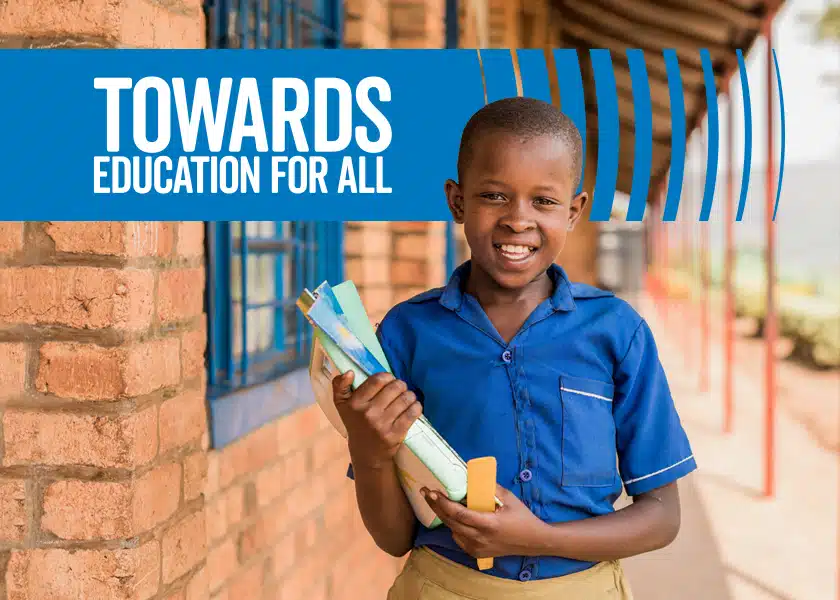
Help girls unleash their talent
Educating girls changes the world
When girls are able to complete their secondary education or equivalent, they are more likely to have control over their income, to marry later, and have a healthier family.
Investing in girls’ education is life-changing for girls themselves – and the ripple effects it can have for entire communities and countries has the potential to truly transform our world.
Here are some examples:
- Educating girls is one of the most effective – and most overlooked – ways to mitigate climate change. For every year a girl stays in school, her country’s climate resilience measurably improves. An education ensures girls can pursue careers in conservation, science and economics, and know what to do in extreme weather events and disasters.2
- Educating girls improves employment opportunities and outcomes, lifts more people out of poverty, and increases a country’s gross domestic product (GDP). We know that if all girls are able to finish their secondary education or equivalent, our global GDP can increase by 10% over the next decade.3
- For every additional year of school that a girl completes, infant mortality rates are reduced by 5 to 10%. If all girls received 12 years of education, the frequency of early births would drop by 59% and child deaths would decrease by 49%.4
- 12 years of education for every girl would reduce child marriage worldwide by 64%. Secondary education also helps to prevent early pregnancy: if every girl completed secondary education, there would be 60% fewer pregnancies in girls under the age of 17 in sub-Saharan Africa.5
- In 2020, 4.1 million of girls were likely to have faced female genital mutilation, and this number is likely to grow to 4.6 million a year by 2030.6
Education is the key to a future where all children have choices and opportunities in life.
By making sure every girl has the opportunity to go to – and complete – school, together we can create an equal world.
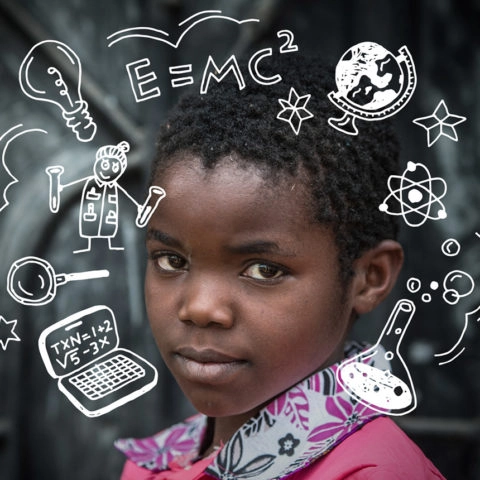
Crisis-affected children in need of support
It’s estimated that 222 million children are missing out on an education because of armed conflicts, forced displacement, climate-induced disasters and protracted crises.7
We’ve joined the global campaign to ask governments to commit to the Education Cannot Wait Fund and support the right of every child to an education.
Join our call to the Australian Government to do more.
Keeping children in school in Laos
Many Ethnic families living in northern Laos cultivate their own rice as a source of food and income – a practise that relies on rain. But as climate change reduces the amount of rainfall, these families are struggling to source enough food to make a living and provide for their children.
This means that many parents are now unable to continue paying their children’s school fees. To stop food shortages from ending a child’s education, Plan International provides 250 scholarships a year to vulnerable families.
Taem, 11, is a recent scholarship recipient, and is excited to continue pursuing her dreams, despite her family’s situation.
I want to be a teacher in the future.- Taem, 11, Laos.
The girl tackling school fees in the Solomon Islands
“I think I am privileged and happy to be educated and I do enjoy my study because one of my aims is to be well educated and get a good paid job.” Katrina, 17.
One of six children, Katrina considers herself fortunate because she has had the opportunity to attend school. In the Solomon Islands, many girls aren’t so lucky – 93% do not graduate high school.
“I have a friend, we went to school together since primary up to year 10 but she is currently not attending school now due to peer pressure and other family issues.” She shares.
“I think, one of the issues that prevents girls like me from attending school in the Solomon Islands is school fees. Likewise for boys as well. However, majority are always the girls.”
“Families that cannot afford to send all their kids to school and they often prioritise boys to go to school whilst the girls are left at home to do house chores and rearing children.”
Katrina wants other girls to have the same opportunities she has and she is determined to remove the barriers preventing them from finishing school. She is a Plan International Solomon Islands Youth Champion and together with five other girls, is campaigning for fee-free education.
I feel sorry for the girls who did not have the chance to go to school. I think, if they were given the chance to attend school they would become someone better in the future as well.- Katrina, 17, Youth Champion.

